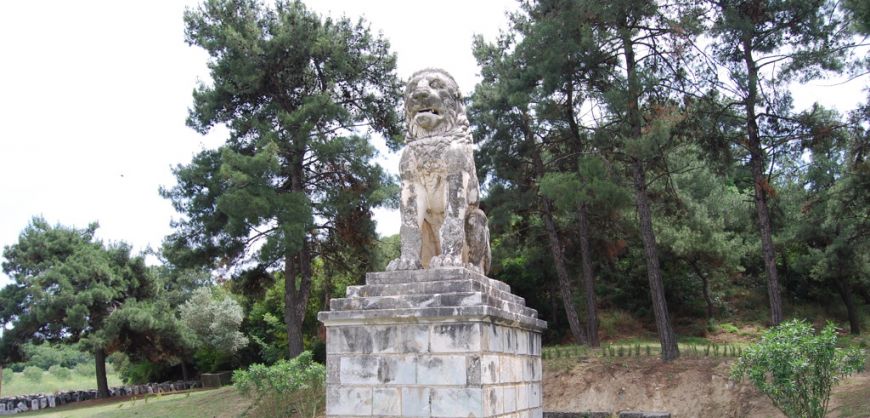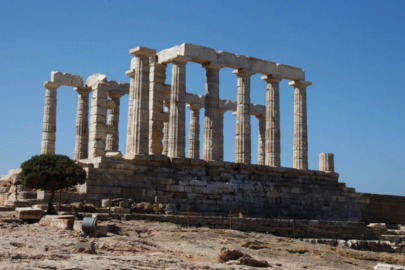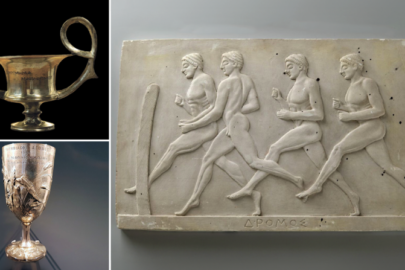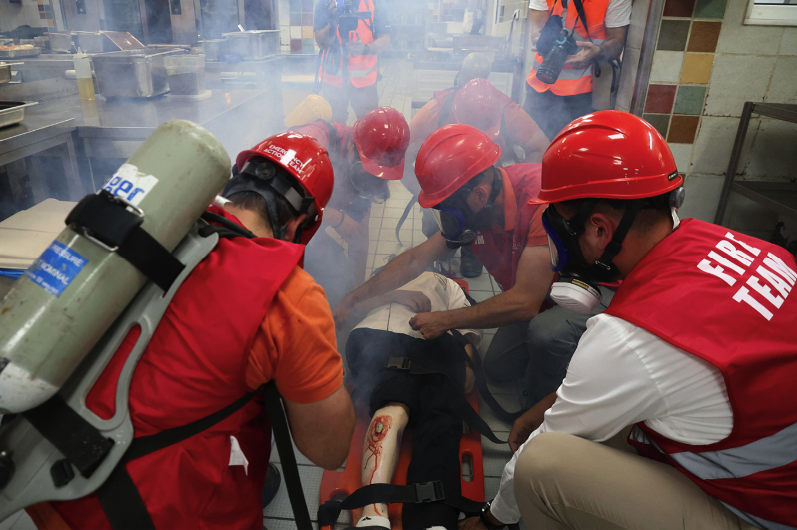Specialists at the 28th annual archaeological congress on Macedonian and Thracian archaeology at the University of Thessaloniki on Saturday revealed that the famed Lion of Amphipolis could not have been at the top of the tumulus at Kasta hill, the peak of the controversial burial mound in northern Greece’s ancient Amphipolis site. They claim that the lion, found in the Strymon River, is too heavy to have been supported by the naturally formed hill and state that the tomb most certainly belongs to a different date than the original monument.
The current evidence shows that the lion dates back to the 4th century BC, says Evangelos Kambouroglou, director of the Paleontology and Speliology Ephorate’s department of archaeological research. He said that “the Kasta tomb hill is natural, not artificial. It consists of sediments of quartzite sand, clay and sandstone, which give it a limited durability and render it unable to support any weight over 500 tonnes.”
Focusing on the box-shaved grave found in the last chamber of the monument, Kambouroglou said that it was a “cheap construction” that does not fit in with the surrounding monument.
Kambouroglou has worked closely with the tomb’s chief archaeologist at the site, Katerina Peristeri, and states that when he entered the tomb there had been a great deal of “human intervention” noted and burnt remains. Furthermore, the roof showed that the earth had shifted, possibly from an earthquake at 597 AD that was so strong that it also changed the direction of the flow of the nearby Strymon river.
Physics professor at the University ofThessaloniki said that the construction of the perivolos around the monument created problems in the earth layering that made it impossible to use imaging technology.





































